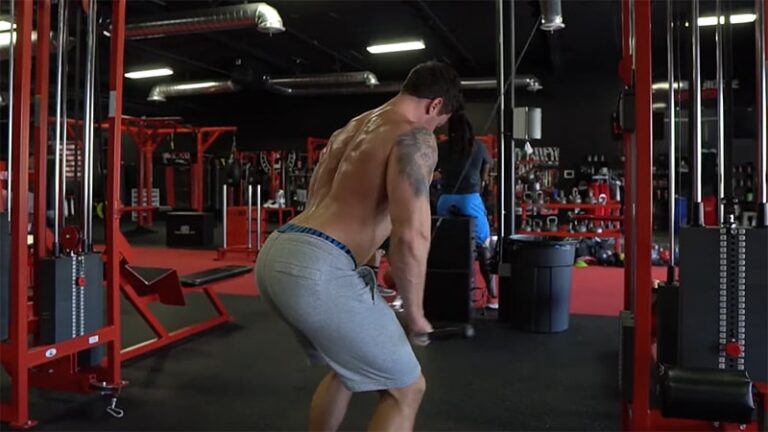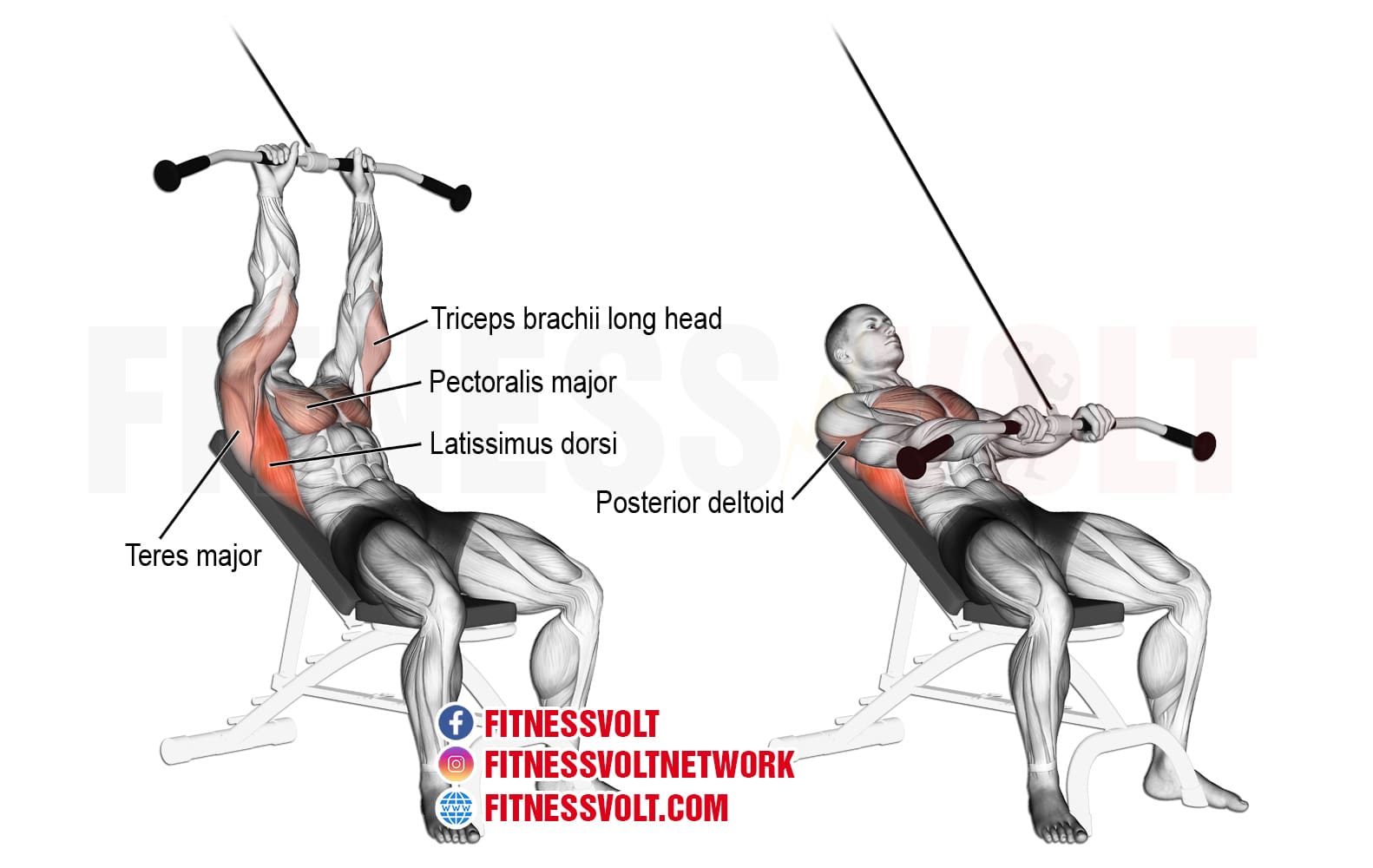

Compound equipment uses a second support wire, known as the "auxiliary", between the messenger/catenary wire and the contact wire.Stitched equipment uses an additional wire at each support structure, terminated on either side of the messenger/catenary wire.

To enable higher speeds, two additional types of equipment were developed: When overhead line systems were first conceived, good current collection was possible only at low speeds, using a single wire. For tramways, a contact wire without a messenger wire is used.ĭepot areas tend to have only a single wire and are known as "simple equipment" or "trolley wire". The zigzagging of the overhead line is not required for trolley poles. The movement of the contact wire across the head of the pantograph is called the "sweep". On curves, the "straight" wire between the supports causes the contact point to cross over the surface of the pantograph as the train travels around the curve.

On straight track, the contact wire is zigzagged slightly to the left and right of the centre from each support to the next so that the insert wears evenly, thus preventing any notches. The whole system is then subjected to mechanical tension.Īs the pantograph moves along under the contact wire, the carbon insert on top of the pantograph becomes worn with time. It is supported regularly at structures, by a pulley, link or clamp. This wire is attached to the contact wire at regular intervals by vertical wires known as "droppers" or "drop wires". This wire approximates the natural path of a wire strung between two points, a catenary curve, thus the use of "catenary" to describe this wire or sometimes the whole system. This is usually achieved by supporting the contact wire from a second wire known as the messenger wire (in the US and Canada) or catenary (in the UK). To achieve good high-speed current collection, it is necessary to keep the contact wire geometry within defined limits. Alternative electrical power transmission schemes for trains include third rail, ground-level power supply, batteries and electromagnetic induction.Ĭonstruction Lineworkers on a maintenance of way vehicle repairing overhead lines (Poland) Overhead over a switch in Toronto: Two runners for pantographs flank the trolley pole frog. Non-electric locomotives (such as diesels) may pass along these tracks without affecting the overhead line, although there may be difficulties with overhead clearance.

Current collectors are electrically conductive and allow current to flow through to the train or tram and back to the feeder station through the steel wheels on one or both running rails. It presses against the underside of the lowest overhead wire, the contact wire. The feeder stations are usually fed from a high-voltage electrical grid.Įlectric trains that collect their current from overhead lines use a device such as a pantograph, bow collector or trolley pole. It is known variously as overhead catenary, overhead contact line ( OCL), overhead contact system ( OCS), overhead equipment ( OHE), overhead line equipment ( OLE or OHLE), overhead lines ( OHL), overhead wiring ( OHW), traction wire, and trolley wire.Īn overhead line consists of one or more wires (or rails, particularly in tunnels) situated over rail tracks, raised to a high electrical potential by connection to feeder stations at regular intervals. The generic term used by the International Union of Railways for the technology is overhead line. Overhead linesĪn overhead line or overhead wire is an electrical cable that is used to transmit electrical energy to electric locomotives, trolleybuses or trams. For lines carrying information, see Overhead cable. For powerlines mounted on pylons, see Overhead power line. For transmission of bulk electrical power to general consumers, see Electric power transmission. This article is about the transmission of electrical power to road and rail vehicles.


 0 kommentar(er)
0 kommentar(er)
